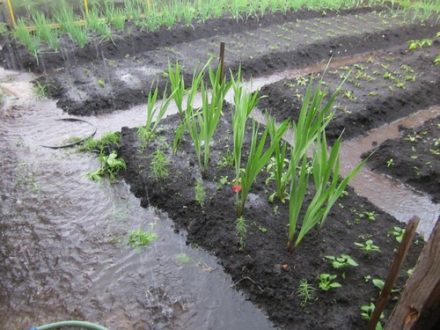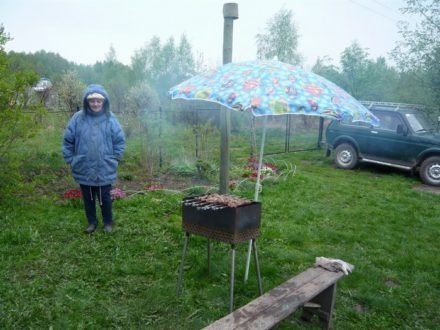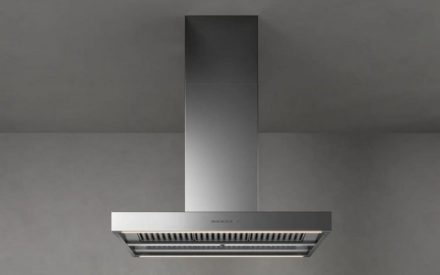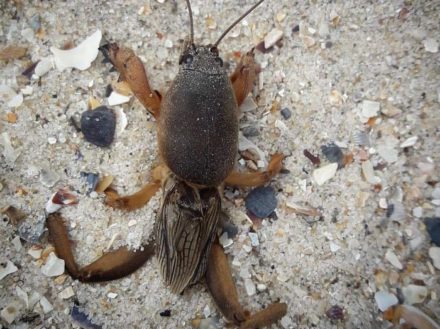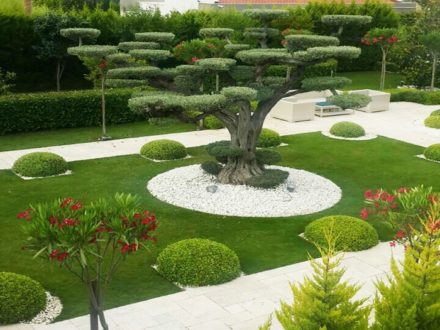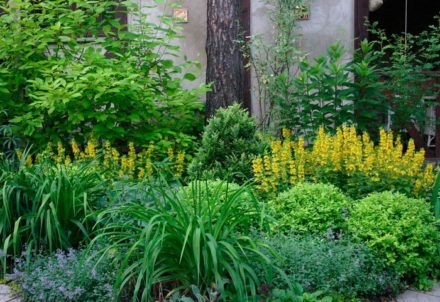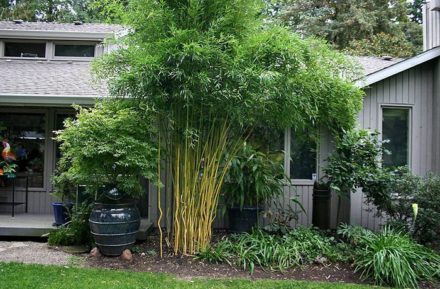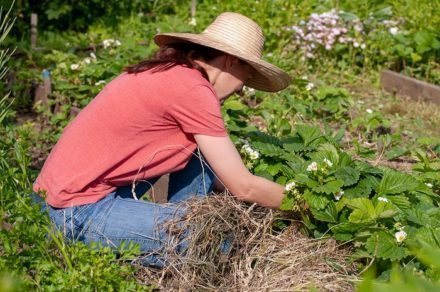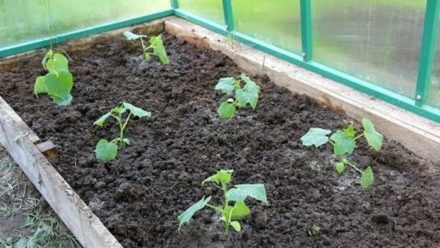Areas located in lowlands or with close groundwater are often prone to flooding in spring and after heavy rains. Excess moisture gradually spoils the foundation, interferes with landscaping the site and spoils the root system of planted plants. The main sign that an area needs to drain excess moisture is stagnation of water after rains, long drying of the soil after watering plants and melting of snow cover.
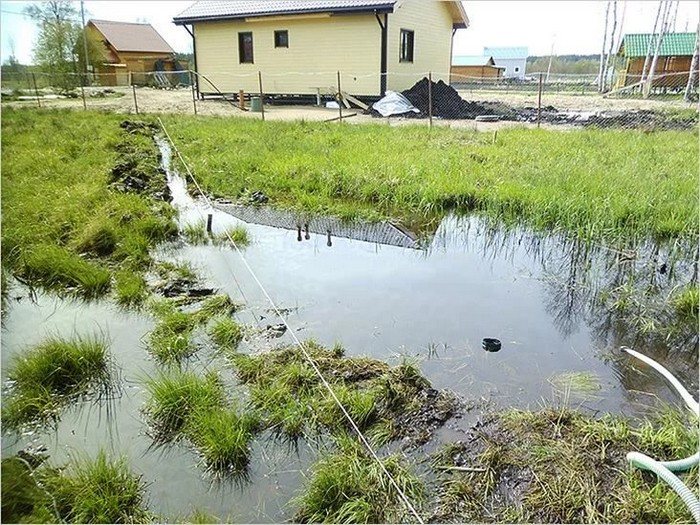
There are several ways to remove excess moisture. The simplest one is superficial. Such a system will cope with the removal of excess moisture from precipitation; it is a design of channels, ditches in which water collects and flows into a drainage basin.
Point drainage
Designed to drain water from a local location. Basically, such drainage is placed under a storm pipe, in front of doors and gates - where irrigation systems are located.

Linear drainage
Linear drainage is a design of ditches, channels for removing water from the perimeter of a site, located on a slope. Channels are made from the following materials: polypropylene, polyvinyl chloride, low-density polyethylene, concrete. Water flows through ditches into special drainage wells or beyond the boundaries of the site.
The ditches are located at a distance of at least 6 m from each other.To lay a linear drainage system, preparatory earth-concrete work is required. The ditches are dug in such a way that the walls are inclined, the depth of the ditches is 50 cm. To prevent soil shedding, the walls of the ditches are reinforced with boards or concrete. You can put decorative grilles made of plastic or metal on top.
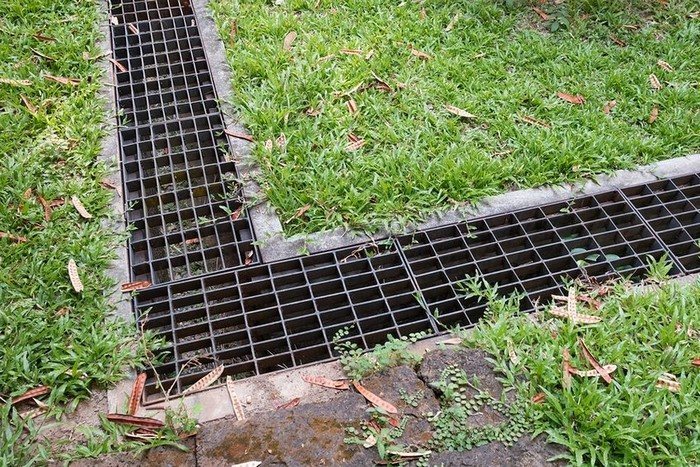
An option for linear drainage is backfill drainage. In this case, the bottom of the channels is covered with geotextile, then the top is filled with stones to about 2/3 of the depth. Fine gravel is poured on top, and then a layer of sand and soil.
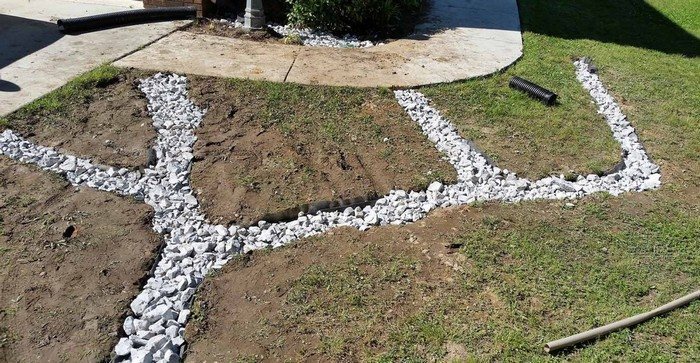
This system is used on clay soils; such drainage is not suitable for sandy soils.
Root drainage
Another way to deal with stagnant moisture is natural root drainage. For him, it is enough to plant moisture-loving plants around the perimeter of the site. These include:
- birch;
- willow;
- hawthorn;
- larch;
- maple;
- ash;
- oak;
- plum.
Crushed stone and soil are poured into holes for planting trees to a depth of 20–30 cm to strengthen the roots.
Organizing a drainage system for a summer cottage is a simple process; all you need to do is plan the work correctly and choose an option for your site. A properly installed moisture removal system increases productivity, improves soil structure, and prevents water stagnation.


